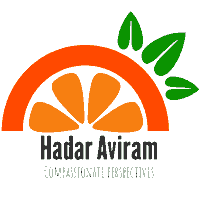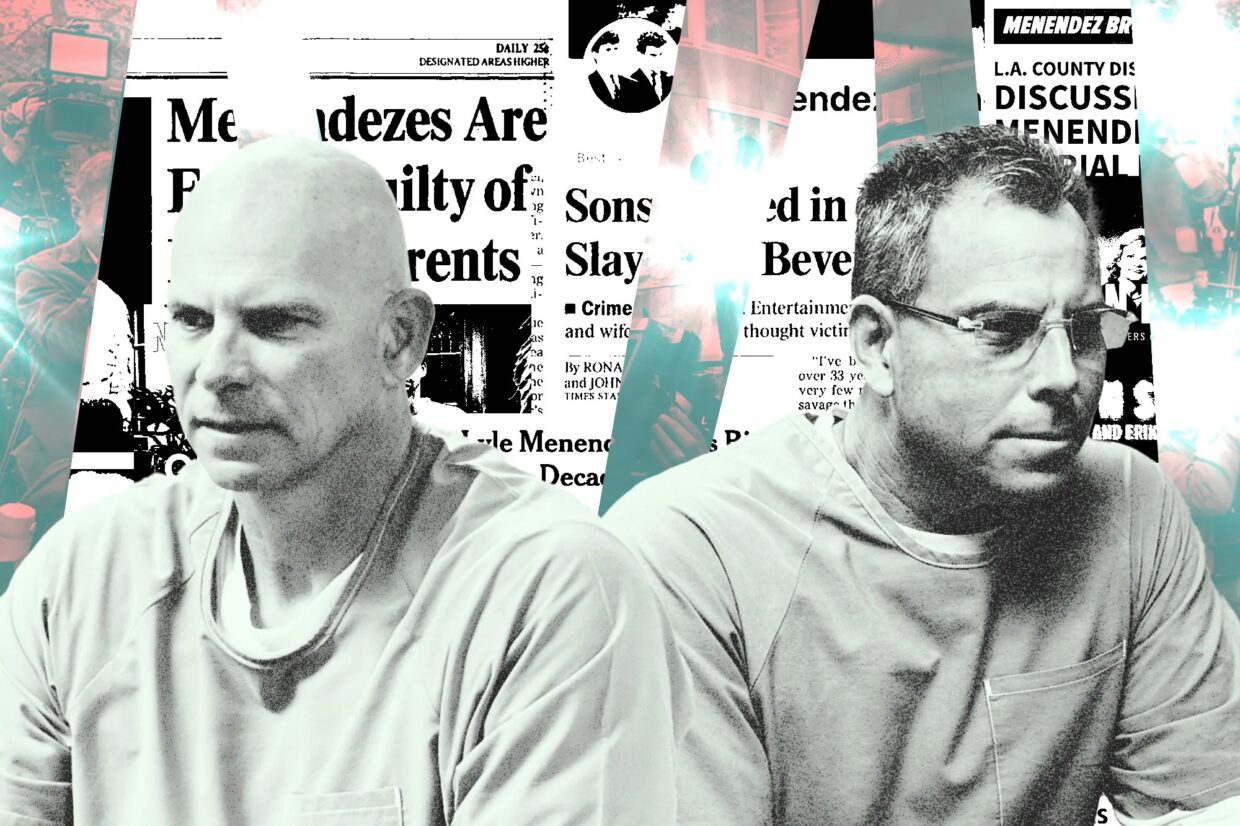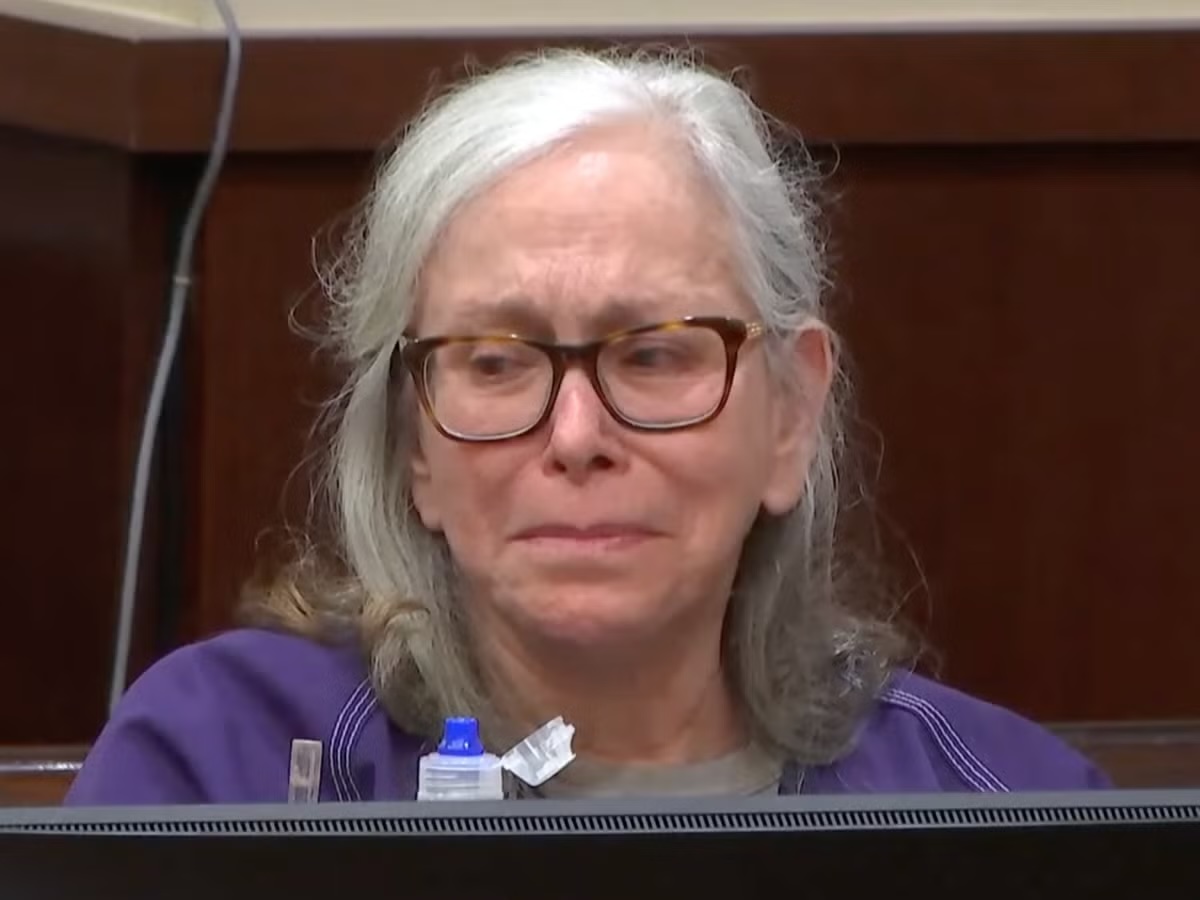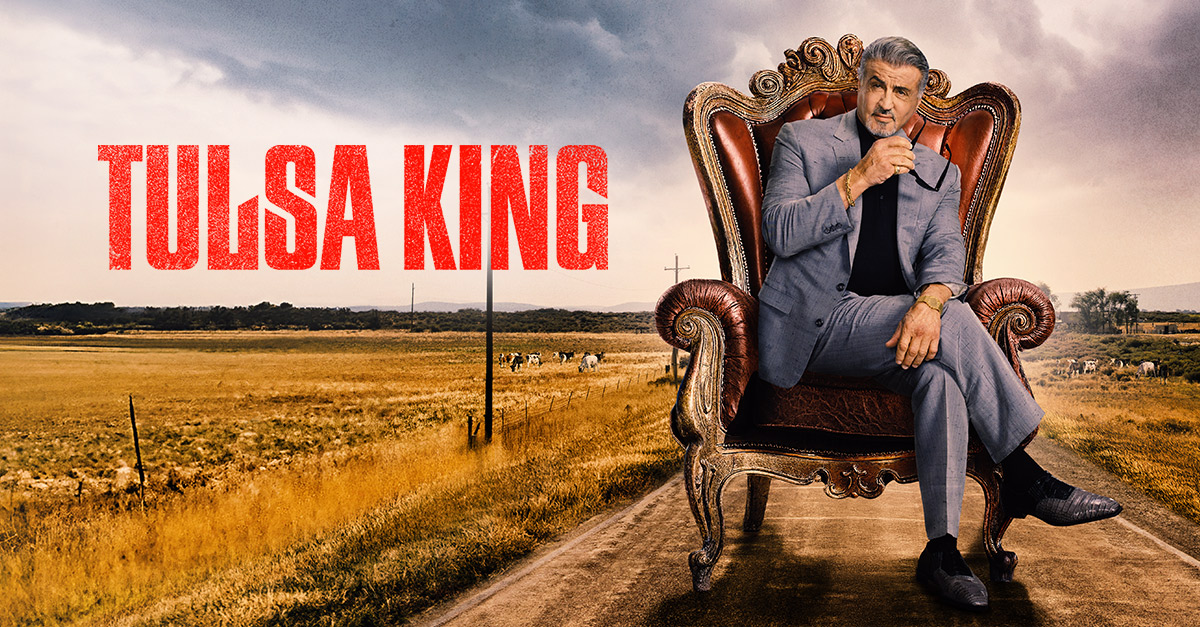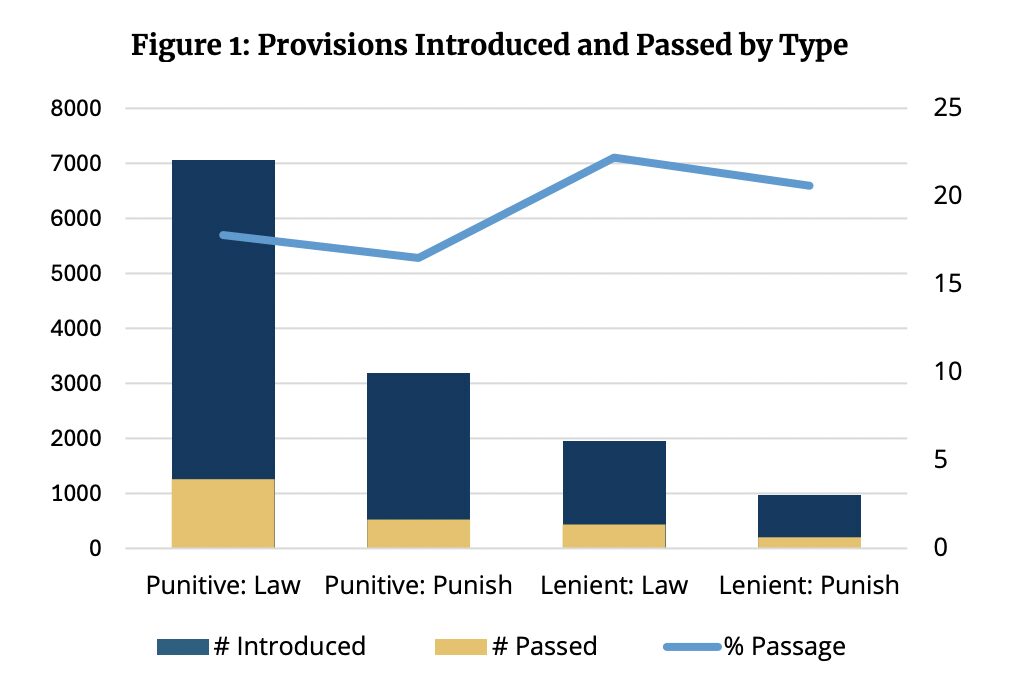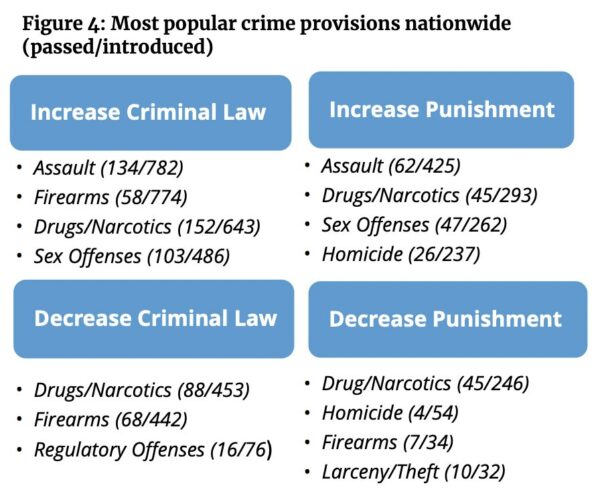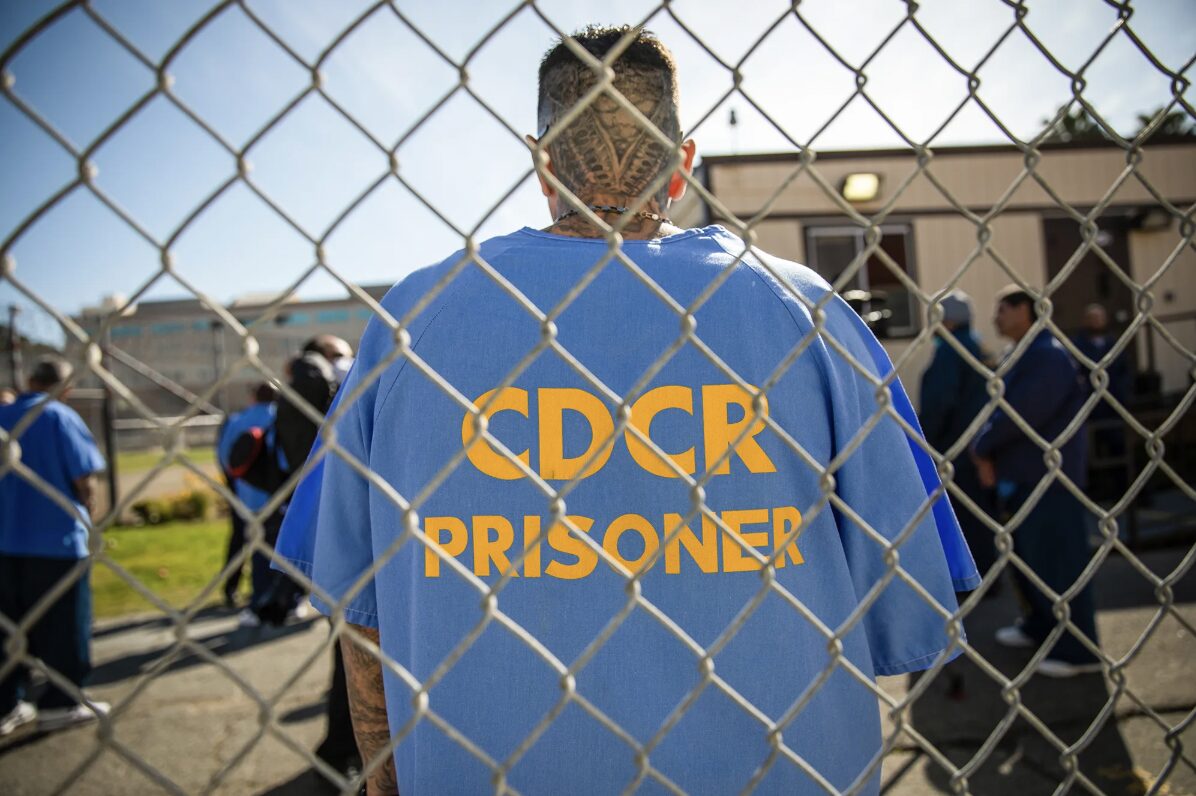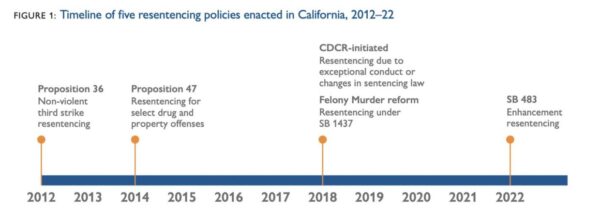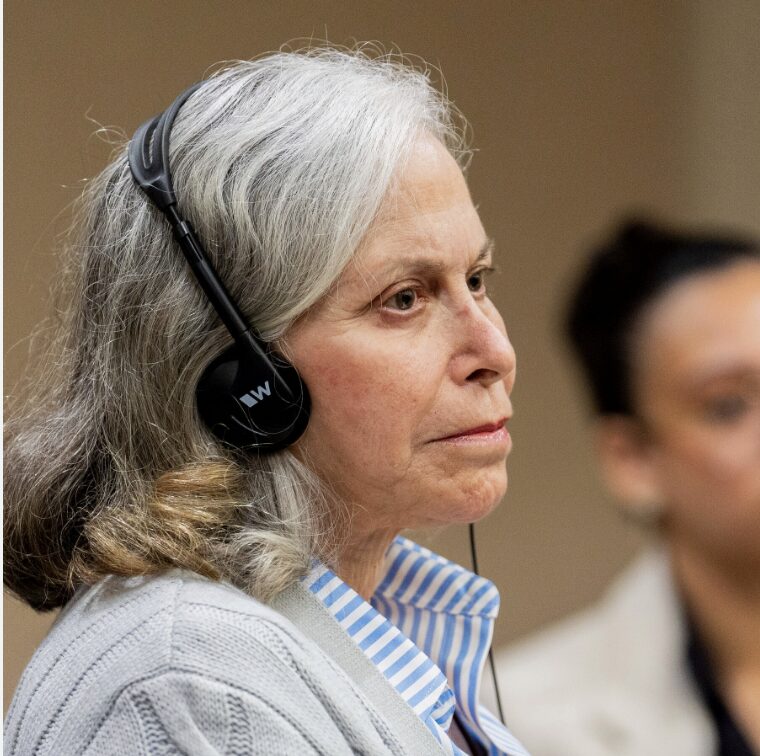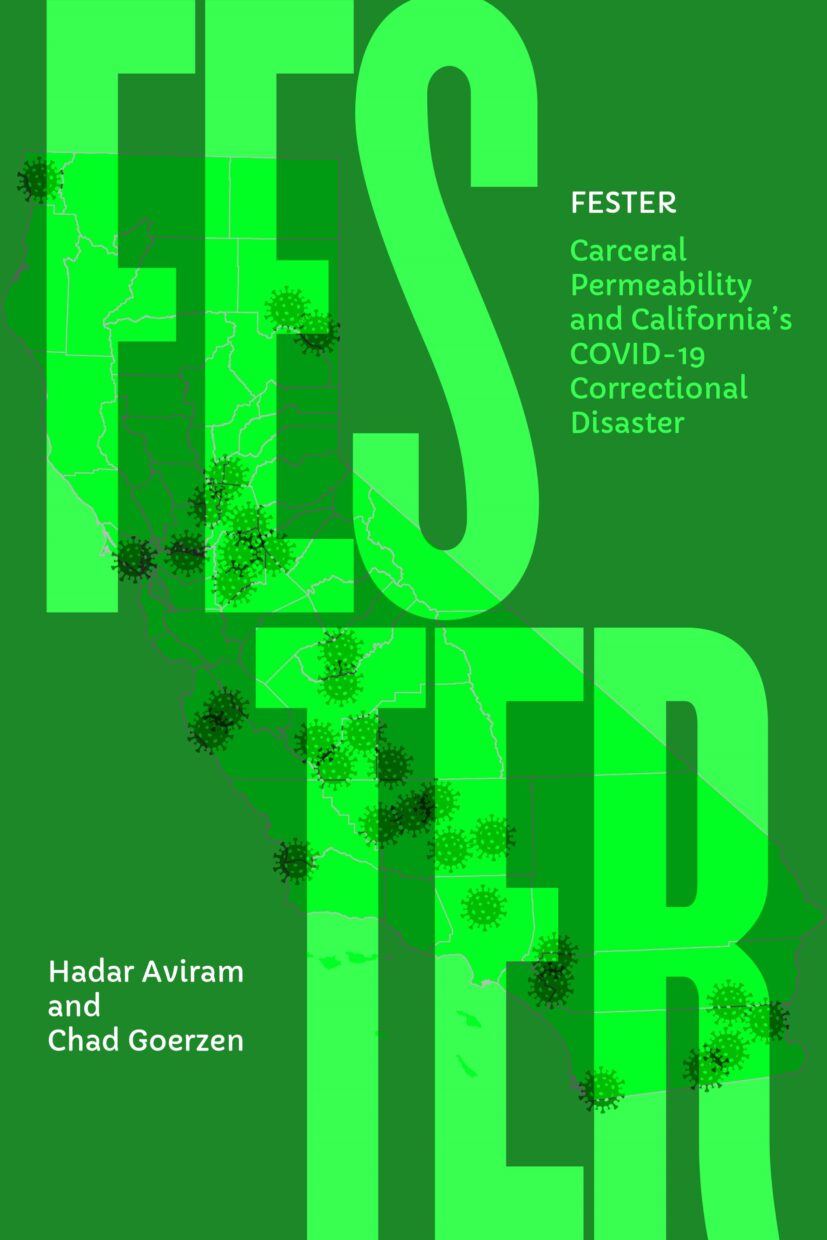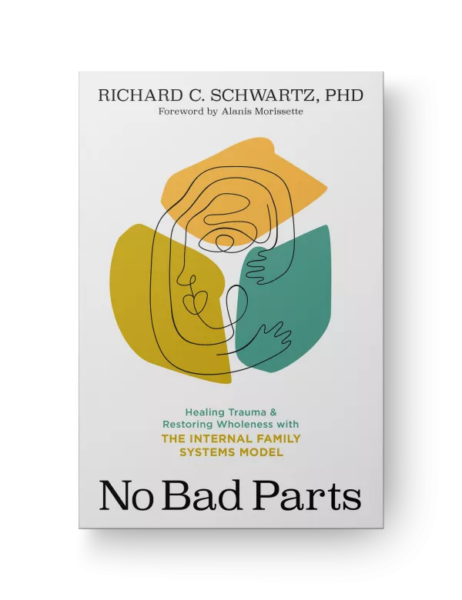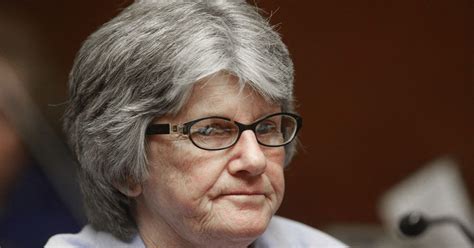For several weeks, California news reports and true crime outlets focused on the parole bids of Lyle and Erik Menendez, both of which were denied, but the best report on the hearings, by far, was Joe Garcia’s important article on CalMatters. Here is part of his excellent story:
Many parole hearings boil down to whether the board believes the individual is being authentic. Is their rehabilitation and personal transformation genuine and substantial? Or is their grasp of self-help mantras and buzzwords merely performative?
For their hearings, Erik and Lyle Menendez each sat alone before a computer screen in the R.J. Donovan Correctional Facility in San Diego, accompanied only by two correctional officers. Everyone else — commissioners, attorneys and all other parties — participated virtually.
“The purpose of this hearing is not to retry your case, nor is the purpose of this hearing to put your parents on trial,” presiding commissioner Robert Barton told Erik. “The purpose of this hearing is to determine whether or not you currently pose an unreasonable risk to public safety.”
Commissioners questioned each Menendez about the underlying “nexus” of their crime. Successful parole suitability requires offenders to show insight into why they did what they did.
Without relitigating or making excuses, this line of reasoning is an essential component of rehabilitation. If a person doesn’t fully understand the flaws in their thinking that contributed to their criminal decisions, then they are considered far more prone to repeat them.
“Two things can be true that seem opposite at the same time and yet be true,” Erik Menendez said in explaining his immense fear of his father while also addressing his need to act out and rebel in small ways.
I’m almost 51 years old, which means that I was a teenager/adolescent when the drama around the Menendez brothers’ trial played out on TV. My first exposure to the crime was a 1994 made-for-TV movie called Menendez: A Killing in Beverly Hills, in which the brothers are presented as spoiled, greedy, and psychopathic, and their claims of parental abuse are ridiculed and disbelieved. It’s interesting to revisit that perspective and see how hard it is to shake off. I know how narratives about horrific crimes tend to calcify–I literally wrote the book about California parole, in which I looked at a very similar calcification that happened when Vincent Bugliosi’s book Helter Skelter, about the Manson family crimes, came out. As I wrote there,
Bugliosi openly admits that he strategically chose to highlight his narrative. He was, after all, a prosecutor in search of a theory of criminal culpability. The Tate-LaBianca murders presented him with two legal difficulties. First, Manson himself was not present when the murders took place (though he arguably was on the scene before the murders occurred, tying up the victims, as he had been at Gary Hinman’s residence before his homicide). To obtain a conviction, Bugliosi would have to convince the jury that Manson was the mastermind behind the murders, contrary to the defense’s argument that Manson’s followers committed the crime on their own, without his knowledge. That would require a strong showing of Manson’s powerful hold over the perpetrators’ will and his hand in planning the murders. On the other hand, Bugliosi could not afford to present the followers as mindless robots ordered around. In that respect, he was somewhat aided by the fact that knowledge about cults, mind control, and brainwashing was not part of the zeitgeist in 1971; however, Bugliosi was determined to seek the death penalty for all defendants, and that called for proof of premeditation on their part. The doctrine of felony murder was not as developed.
This is not to say that the crimes were not horrific, heinous, and cruel, or that the people who were convicted of them were not responsible. But writing about these crimes, and particularly the involvement of teenage girls and adolescent women who were sexually exploited, hopped out of their mind on drugs, starved and sleep deprived, in the era of #MeToo and after we’ve learned more about cults and about the brain development of teens and young adults, suggests that at least Van Houten, if not Krenwinkel and Atkins, and their involvement in the crimes, would have been seen through a less harsh light if it happened today.
Along the same lines, I wonder if a crime similar to that of the Menendez brothers would be viewed through the same lens today. Would Lyle and Erik’s claims that they were sexually victimized be more believable now that we have more awareness of sexual victimization of men? Did the massive sex abuse scandal in the Catholic church–still hidden and unspoken of in the late 1980s and early 1990s–change our tendency to believe boys and men who reveal that they were victimized by people of high stature and good reputation?
I don’t know what it was like to live in the Menendez household, and have spent far less time digging into the court documents in this case than I did, say, in the Adelson case; but it’s obvious to me, from the parts I followed more closely, that what happened at the hearing resembled the patterns I saw in the Manson women’s cases. Notably, the things that the two men were dinged for–having a smuggled cellphone and joining a gang–are fairly common transgressions that tend to surface at hearings and tank people’s parole bids. But the commissioners are aware of the fact that joining a gang, even if it is notorious and ugly, is a survival strategy for men who are otherwise defenseless in prison, and for white prisoners, joining the Aryan Brotherhood is essential even if one is not an avowed Nazi. I’ve spoken to long-term white prisoners who did not join (which I very much admired them for) and paid a dear price in vulnerability to vicious assaults and attacks in the prison yard. This doesn’t make the AB into some sort of benevolent association–it’s anything but–but it does put the motivation for joining in context. Similarly, the prison guards’ publication Corrections One points to how widely prevalent cellphones are in California prisons. Is it a violation of prison regulations? Sure. Is it the ticket to survival inside and to having some semblance of literacy in the modern world upon release? Yes, it is. Indeed, much of what we did during the pandemic to get information to and from people about what was happening inside (including the ridiculous meals they were served when everyone in the kitchen fell ill) came from smuggled cellphones.
I’m not saying that these violations would be ignored if Lyle and Erik weren’t, well, Lyle and Erik. All I’m saying is that they would probably be viewed in context of a long incarceration that started in adolescence were it not for the notoriety of the cases. And now it remains to be seen whether these black marks will reappear and be discussed again in the brothers’ future parole hearings; what I saw in the Manson family transcripts is that some transgressions, even if fairly light or explainable, tend to crop up again and again in successive hearings. I’ll be following the brothers’ next bids for parole with great interest.
